PHOTOGRAPHY TIPS #2 – The DEPTH OF FIELD really explained [Profondità di campo ITA – ENG]
Tutte le immagini sono create dall'autore
All the images are created by the author
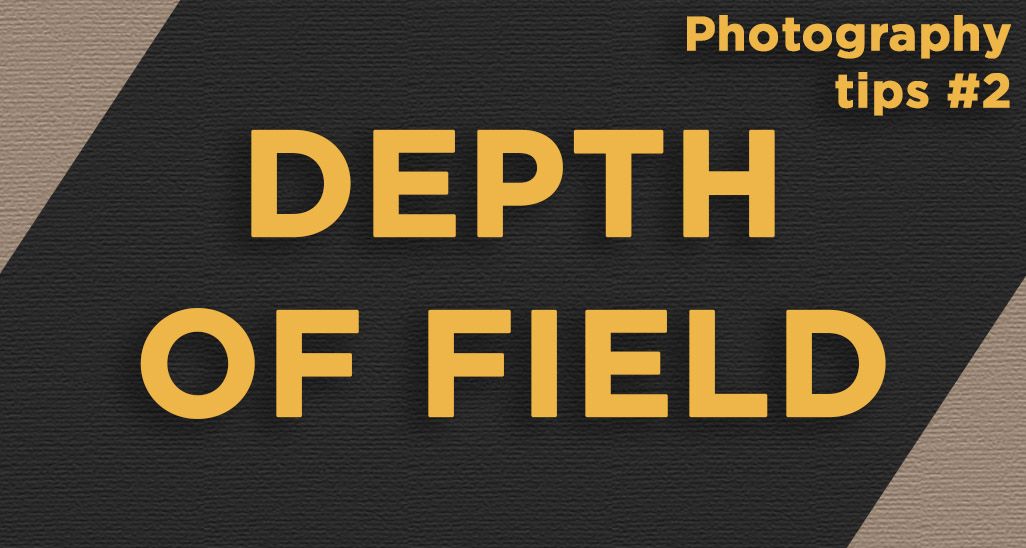
La profondità di campo
Oggi ti parlerò di un argomento fondamentale in fotografia: la profondità di campo. Spesso questo concetto è affrontato in maniera superficiale, con questo articolo spero di riuscire a darti un quadro "quasi completo" e di darti anche uno spunto per sperimentare!
Cos'è la profondità di campo
La profondità di campo è lo spazio entro il quale gli oggetti risultano messi a fuoco.
The depth of field
Today i want to talk you about a fundemental subject in photography: the depth of field. This topic is often treated with superficiality and with this post i hope giving you a more detailed information about that and maybe you could also have new photography experiences!
What is the shalllow depth of field?
The depth of field is the area in which the object are focused.
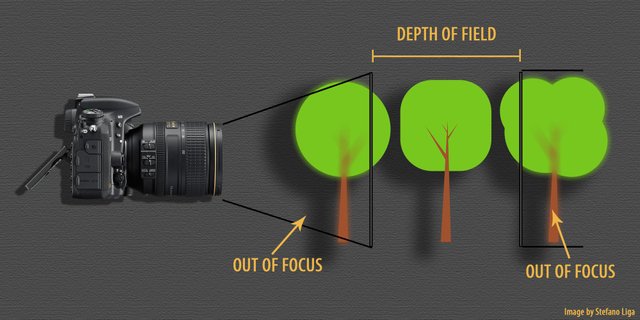
Tieni a mente che quando mettiamo a fuoco un soggetto la profondità di campo non è distribuita simmetricamente rispetto al soggetto, in particolare essa è distribuita per un terzo davanti al soggetto e per due terzi dietro. Mi spiego meglio...
Supponiamo di stare fotografando un soggetto e di avere una profondità di campo di 6 metri: mettendo a fuoco il soggetto avremo 6 metri "di spazio" messo a fuoco, 2 metri davanti al soggetto (tra il soggetto e la fotocamera) e 4 metri dietro (tra il soggetto e lo sfondo).
Come utilizzare la profondità di campo
L'occhio tende a concentrarsi per natura solo sulle zone nitide, messe a fuoco, quindi il principio su cui basarsi per utilizzare correttamente la profondità di campo sta nel chiedersi "qual è il soggetto della fotografia?". Se sto fotografando un paesaggio è ovvio che il soggetto è il paesaggio stesso e quindi tutto dovrà risultare completamente messo a fuoco, dall'albero più vicino alla montagna più lontana. Al contrario per un ritratto non è necessario che lo sfondo sia nitido e anzi distrarrebbe l'occhio dal soggetto. Esistono poi situazioni in cui sei tu a dover scegliere se mettere a fuoco solo una parte o tutta la scena.
Parametri che influenzano la Profondità di campo
La profondità di campo varia al variare di tre parametri:
• Apertura del diaframma
• Distanza soggetto
• Lunghezza focale
Prima di capire come questi influiscono sulla PDC devo spiegarti qualcosina, tranquillo sarò breve…
Circolo di confusione
Immagina un oggetto come un insieme di punti, ognuno dei quali riflette luce. I raggi di luce provenienti da uno di questi punti, dopo aver attraversato l'obiettivo, si ricongiungono in prossimità del sensore riproducendo su di esso lo stesso punto.
Remember that when we focused an object the depth of field isn’t arranged simmetrically with respect to the object, buti t is arranged for one third between the photographer and the object and for two third behind the object: if we are photographing an object and we have a 6 meters depth of field, we’ll have 2 meters of focused area between the object and the photographer and 4 meters behind the object.
How to use the depth of field
The human eyes focus on the clear zone of the photography, so when you are taking a photo you have to asking yourself “what’s the subject of this photography?”. If you are photographing a landscape the subject is the landscape, so you have to focused all the things you watch through the camera, from the closest tree to the farthest mountain. On the other hand, for a portrait the background don’t need to be focused and indeed it would be better if the background was out of focus. There are also situation in which you have to choose if focused on object or another.
Elements that influence the depth of field
The three elements that influence the depth of field are:
• Aperture of the lens
• Distance Object-camera
• Focal lenght
Before talking about these parameters i have to briefly explain one thing…
Circle of confusion
Imagine an object as a gruop of points, everyone reflecting light. The rays of light reflected by one of them, after crossing the lens, rejoin on the sensor reproducing the point in it.

La nitidezza di un oggetto dipende proprio dalla fedeltà di riproduzione del punto nel sensore.
Quando un oggetto è sfocato? I punti sfocati sono quelli i cui raggi di luce, in prossimità del sensore, non si incontrano perfettamente nello stesso punto.
The clear of an object in the photo depends on the reproduction fidelity of the points on the sensor.
When an object results out of focus?
The out of focus points are the ones whose the rays of light don’t rejoin perfectly on the sensor.
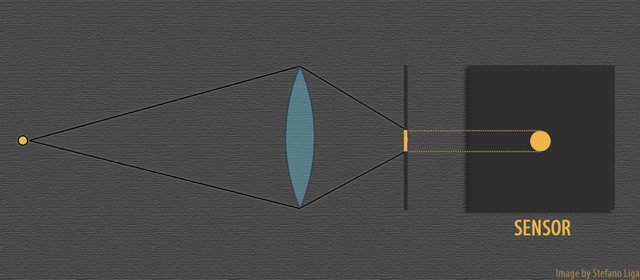
come vedi un oggetto che nella realtà è puntiforme ha dato luogo ad un cerchio, più grande. Quest'ultimo è detto circolo di confusione e all'aumentare delle sue dimensione aumenta il grado di sfocatura. Per far si che un oggetto risulti nitido ai nostri occhi il diametro del circolo di confusione deve essere minore di circa 0.3 millimetri.
Apertura del diaframma e PDC
Il parametro principale su cui agire per modificare la profondità di campo è l'apertura del diaframma, questo perché gli altri due fattori sono spesso obbligati o hanno un range di variazione minore.
Ti ricordo che l'apertura del diaframma è indicata da una “f” e da un numero, per esempio f 2.8, e che più piccolo è il numero più aperto è il diaframma.
As you see in the image, the point create a circle on the sensor. The circle is named “Circle of confusion” and the bigger the circle, the more out of focused will be the point on the photo.
For having a clear abject the circle must have a diameter of less than 0.3 mm.
Lens aperture and depth of field
The main parameter that influence the depth of field is the lens aperture, it is also the parameter with the greatest variation range.
Remember that the lens aperture is indicated with an “f” and a number, for example “f 2.8”, and the smaller the number, the more open is the lens.

La regola generale è: a un diaframma più aperto corrisponde una profondità di campo minore: lo spazio entro cui gli oggetti risultano messi a fuoco diminuisce. Analogamente un diaframma molto chiuso aumenterà la PDC.
The general rule is this: the bigger the aperture, the smaller the depth of field, in other words the bigger the aperture, the smaller is the area in which the abject are focused. Then, on the contrary, the smaller the aperture of the lens, the bigger the depth of field.
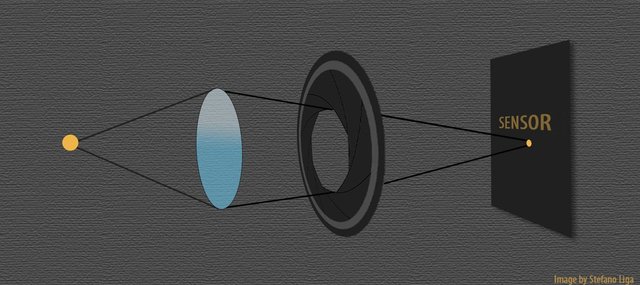
Come vedi con un diaframma più aperto basta una piccola variazione della distanza per avere punti sfocati cioè è più facile ottenere circoli di confusione più ampi.
As you see in the image, with a bigger aperture even a little variation on the distance produces more out of focus points (bigger circles of confusion).
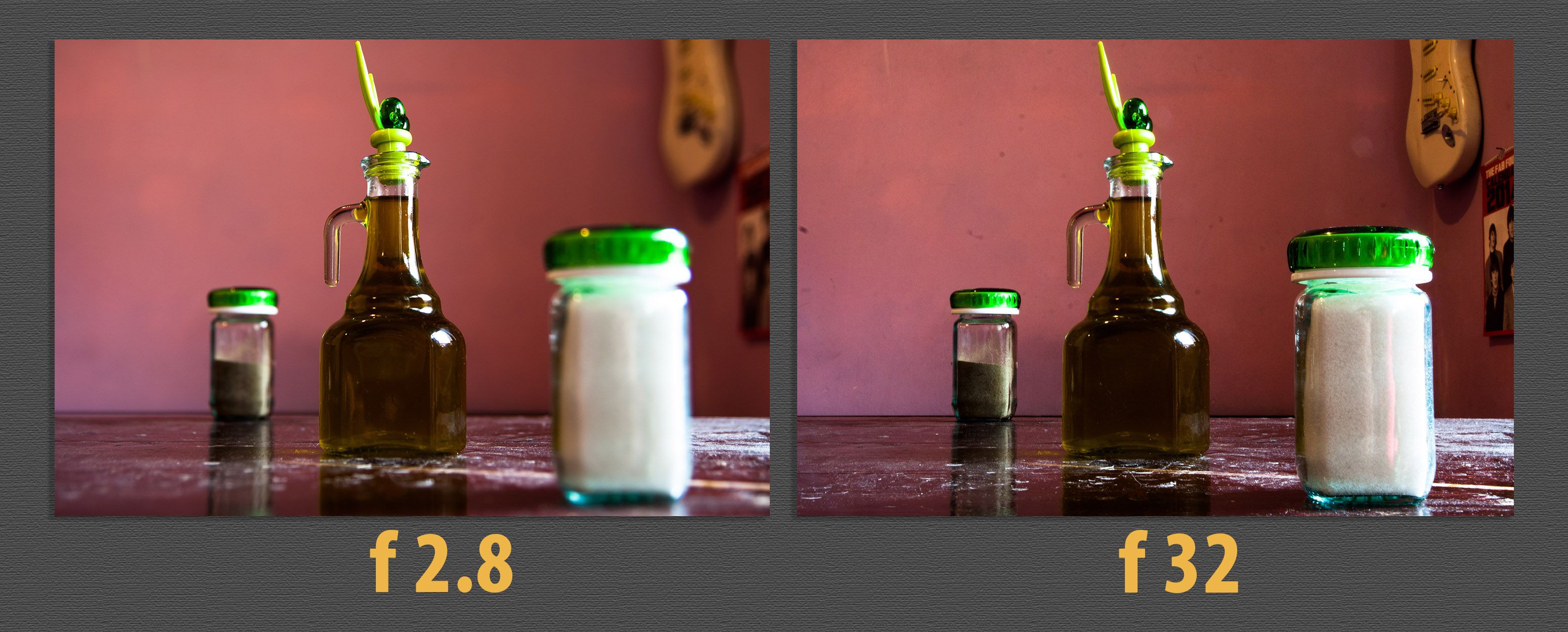
Distanza dal soggetto e PDC
All'aumentare della distanza del soggetto dall'obiettivo aumenta la profondità di campo. Questo perché gli oggetti lontani tendono a proiettare raggi di luce, verso l'obiettivo, con angoli più piccoli.
Distance from the object and depth of field
The bigger the distance object-camera, the bigger the depth of field. This happens cause the farther objects project rays of light with a smaller angle.
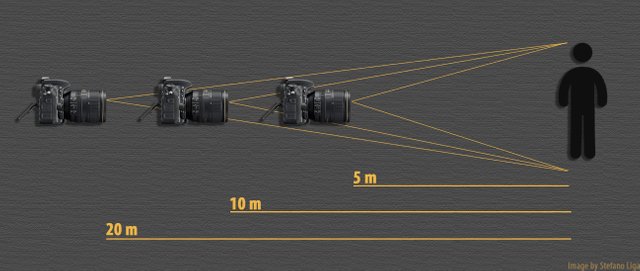
Come abbiamo detto con angoli più piccoli (distanze maggiori) è più facile che i raggi di luce si incontrino nello stesso punto del sensore ed è quindi più difficile "sgarrare".
Lunghezza focale e PDC
All'aumentare della lunghezza focale diminuisce la profondità di campo. Se ci fai caso infatti quando vedi foto fatte con le ormai tanto di moda action cam, che hanno lunghezze focali molto ridotte (obiettivi fish eye) ti accorgi come tutto sia messo a fuoco.
Distanza iperfocale
La distanza iperfocale è la distanza oltre la quale tutto è messo a fuoco, la profondità di campo può infatti estendersi anche all'infinito, dipende dalla combinazione dei parametri di cui abbiamo parlato sopra.
Priorità di diaframma
Il modo migliore per controllare la profondità di campo durante una sessione di scatti è quello di scattare in modalità priorità di diaframma. Per impostare la macchina fotografica in priorità di diaframma poni la ghiera in A se hai una Nikon e in Av se hai una Canon.
With smaller angles (bigger distances) is easier that the rays of light rejoin them (with more precision) on the sensor.
Focal leght and depth of field
The bigger the focal lenght the smaller the depth of field. If you take a look at the action cam photos you can see that all the objects on the photo are focused, indeed the action cam have a very smaller focal leght (fish eye lens).
Hyperfocal distance
The hyperfocal distance is the distance beyond which all the objects are focused, the depth of field can indeed extend infinitely, depends on the combination of the three parameters that influence it.
Aperture priority
The best way to control the depth of field during a photographic session is to take the photo in aperture priority. To set the camera in aperture priority put the modality in A if you have a Nikon and in Av if you have a Canon.
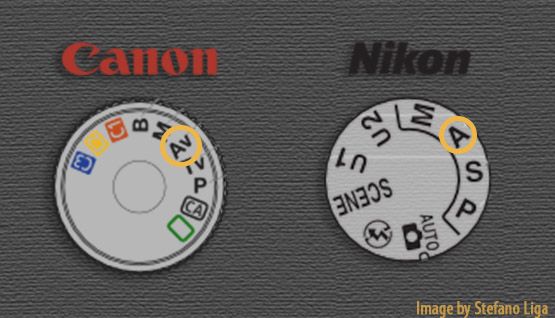
Come funziona? Semplice: tu scegli l'apertura del diaframma e questa rimane costante, la fotocamera agirà allora automaticamente su ISO e tempo di esposizione per adattarsi ai diversi livelli di illuminazione.
Per concludere
Abbiamo detto che la profondità di campo:
• Diminuisce con l'apertura del diaframma
• Diminuisce con la lunghezza focale
• Diminuisce con la vicinanza del soggetto rispetto all'obiettivo
Abbiamo inoltre fatto l'esempio classico del paesaggio che necessita di una profondità di campo elevata e del ritratto che invece necessita che le attenzioni siano convogliate nel viso e quindi una PDC ridotta (ti consiglio a riguardo di guardare i ritratti di Steve McCurry).
Concludo col dirti che la fotografia non è fatta di paesaggi al tramonto e di volti, la quantità e la tipologia di soggetti con cui ti ritroverai a fotografare è infinita e non sempre esiste una profondità di campo "corretta".
A proposito di paesaggi al tramonto, ecco cosa ne pensa la fotografa di personaggi ambigui Catherine Opie: “The biggest cliche in photography is sunrise and sunset”.
Se ti è piaciuto il post, mi raccomando lascia un upvote e fai resteem!
How do it work? Its very simple: you choose the aperture of the lens and it remains constant, the camera will set the other parameters (ISO and shutter time) based on the light condition of the scene you are going to photograph.
Conclusion
the most important things you have to remember are:
• The bigger the lens aperture, the smaller the depth of field
• The bigger the focal lenght, the smaller the depth of field
• The closer the object, the smaller the depth of field
We did the example of the landscape and we said that in this case you must have a large depth of field, on the other hand the portraits need a small depth of field ( you can take a look to the portraits of Steve McCurry )
At the end i want to tell you that the photography is not only landscapes and portraits, there are a lot of different situation you can find during your photography session and there isn’t the correct depth of field for every situation.
About landscapes and sunset, this is the Catherine Opie’s thinking: “The biggest cliche in photography is sunsrise and sunset”.
If you liked this post, upvote and resteem!
Confesso che ormai faccio foto solo con l'iPhone. Ma il tuo post è davvero ben fatto e utilissimo.
I cellulari riescono a fare ottime foto, ma hai molti meno parametri su cui agire, ad esempio sulla profondità di campo, se hai un cellulare, non puoi modificare nulla
Aggiungerei che la fotografia di uno smartphone subisce tanto post-processing, cioè un insieme di filtri applicati lato software che rendono la foto visivamente migliore ma che ne annullano i reali colori e talvolta ne distorcono il risultato. Con una macchina fotografica catturi realmente quello che si ha davanti modificando ogni parametro per rendere la fotografia arte e non un semplice click. Poi starà a te decidere se modificare la foto su photoshop/lightroom per migliorare i colori alterandoli e rendendo ciò che hai fotografato ancora più magico!
anche questo è vero
Lo so, un tempo usavo una vera reflex, tutta manuale. Chissà che non ci ritorni, magari rinnovata.
Utilissimo, grazie!!!
:)
Bellissimo! Grazie mille per questo post d avero fotografo!